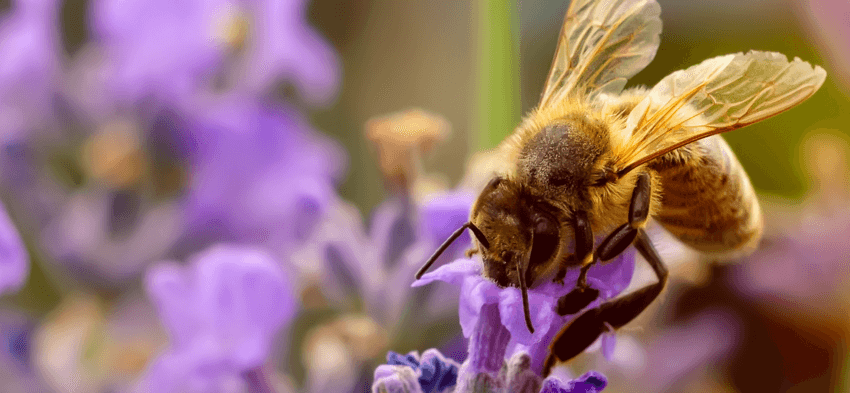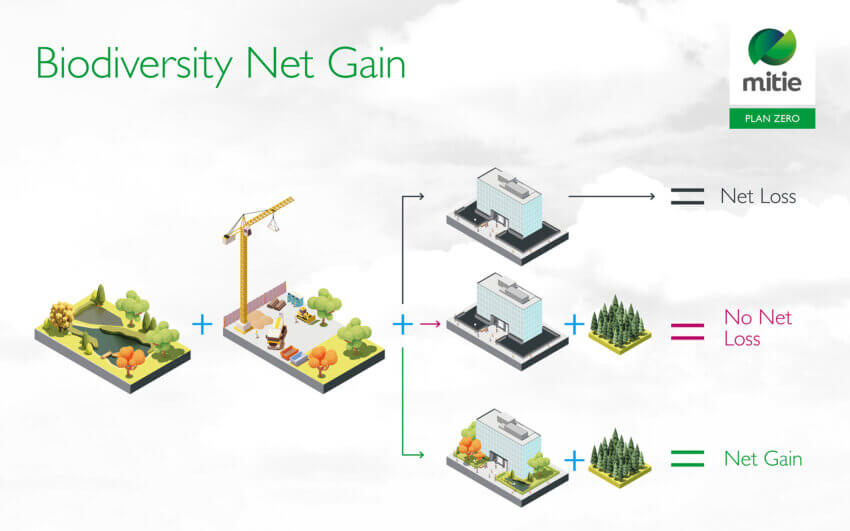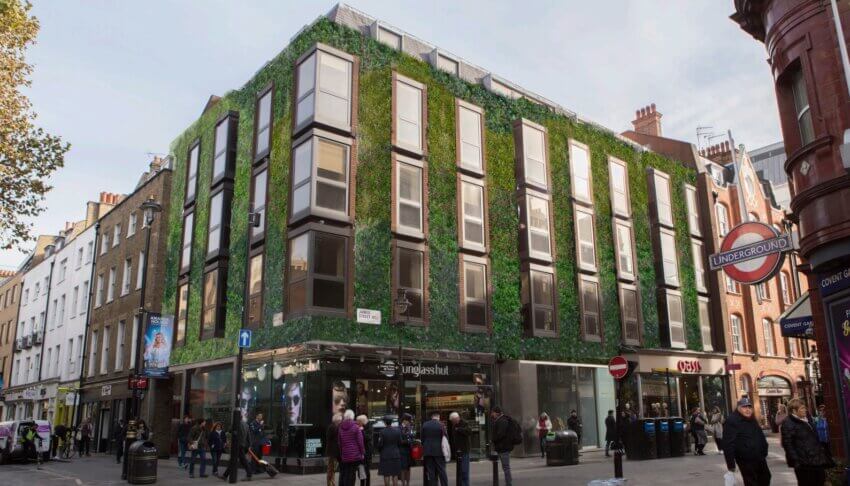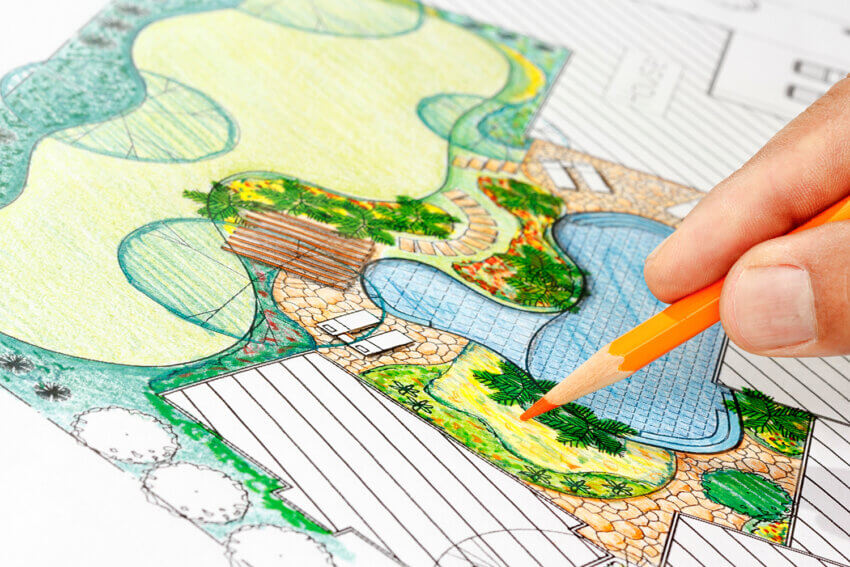State of Nature’s wake-up call to your organisation
The recent State of Nature report pulled no punches in highlighting the dire condition of UK nature.
And as the UK is one of the world’s most nature-depleted countries, it’s little wonder the government has imposed a legal obligation for organisations to help put things right.
An official target to stop nature’s decline and improve biodiversity was first implemented through the Environment Act 2021.

But now responsibility has been shared among building owners, landowners and organisations – and the State of Nature report reveals the extent of the challenge ahead:
- In England, distribution of 68% of plant species has decreased.
- In Scotland, 11% of native species are threatened with extinction.
- In Wales, wildlife has decreased by an average of 20% since 1994.
- In Northern Ireland, distribution of 891 flowering plant species has declined by 14% since 1970.
The report also summarises some of the ways in which our nature depletion can be reversed – the top three are particularly relevant to organisations:
- Increasing ecosystem restoration
- Expanding and managing protected areas
- Improving species status
- Increasing nature-friendly farming, fisheries and forestry
- Co-ordinating the national response to the nature and climate crisis
But what action can UK organisations take?
Introducing biodiversity net gain
The government’s answer lies in ‘biodiversity net gain’, or BNG, which has an important role in UK net zero.
The purpose of BNG is to make sure UK nature recovers – even if land is being developed.
Developers must work to see that wildlife habitats are improved and left in an even better state than before development; the growth of the built environment shouldn’t squeeze out the natural environment.

So the clock’s ticking – and the ante will be upped in January 2024, from when developers must achieve a minimum 10% BNG.
But according to WWF CBI Economics World Benchmarking Alliance, while 62% of firms have plans to address their biodiversity impact, only 15% have reached implementation.
In Natural England’s Biodiversity Net Gain brochure, the Chief Executive, Marian Spain, highlighted the important role organisations now play.
She said: “As the twin climate and ecological crises deepen, there is an increasing need to accelerate nature recovery, for our planet, our wildlife and our communities. Biodiversity net gain offers a new route for development of homes, businesses and infrastructure to play its part in enabling nature to thrive, and to deliver nature-based solutions to climate change, water and air quality and flood risks.”
Your ‘Top 10’ of 10% biodiversity net gain
In practice, organisations have three options to meet BNG obligations:
- Implement measures to avoid loss of habitat on-site
- Implement measures to create habitat on-site or off-site away from the development
- As a last resort, buy statutory credits from the government, which will be used to invest in habitat creation elsewhere
The process depends on the Biodiversity Metric, which is used by qualified ecologists to determine each site’s score.
But what measures should organisations take to increase BNG?The following are ten score-boosting solutions:
Meadows
Versatile and easy to install, they also provide habitats for many species.
Native hedgerows
An attractive addition to any scheme, in which several species can thrive.
Pollinator-friendly shrubs
Provide both nectar for insects and flowers throughout the year.
Wildlife ponds
A simple and cost-effective way to encourage a range of species.
Biodiversity planters
These come with built-in shelters for everything from hedgehogs and bees to amphibians and reptiles.
Sustainable urban drainage systems
Using native plant species, these benefit biodiversity and improve drainage.
Green roofs
When flourishing with plants, these improve biodiversity, distribute rainwater and moderate building temperatures.

Living walls
An excellent way to increase biodiversity, while also enhancing the built environment.
Native scrub
Used in appropriate locations, this solution recreates distinct habitats for a range of valuable wildlife.
Woodland
Where space allows, creating woodland with layers of canopy, understory and ground flora is a fantastic option to increase biodiversity.
Everyone’s a winner
The State of Nature report underlines the importance of BNG in reversing the depletion of UK nature.
However, the benefits of improved biodiversity go far beyond flourishing flora and fauna.
BNG’s most important impact is to mitigate the effects of climate change – for example, healthy woodlands are extremely effective at taking carbon dioxide from the atmosphere.
But as Mitie Head of Natural Environment, Don Holmes, explains, there are benefits for people and the economy too.
Don says: “Landscapes with increased biodiversity are known to improve people’s health and wellbeing, bringing them closer to nature. And green spaces aren’t just more pleasurable to experience – they also look more attractive. From an economic perspective, there’s a boost too. Green neighbourhoods are more pleasant for living, work and doing business, so they often attract more people to a certain area, bolstering the local economy.”
Give BNG the green light at your organisation
Achieving a minimum 10% BNG may seem daunting, but the legal imperative means it’s important to get started.
Breaking down the activity into three simple steps can help…
Measure
What do you have already? Is it best to enhance your landscape, or create a new one?
Design
Plan your changes, targeting the most appropriate habitats and species for your location.
Manage
Plan long-term maintenance to secure your landscape’s future.

So let the State of Nature report be a wake-up call for your organisation and start improving biodiversity across your estate.
As the report says: “The reasons for the decline are clear and we know conservation actions deliver results for nature. We have never had a better understanding of the State of Nature – and what is needed to fix it.”
To find out how Mitie can assist your organisation with biodiversity net gain, access Mitie’s Green Planet Design® guide here.
Read next
Mitie releases e-book to tackle biggest challenges to reach net zero
Mitie’s latest e-book, released today, tackles the five biggest challenges to reaching net zero, and shares insights on how organisations can overcome each one. As the UK’s leading facilities management company, Mitie’s energy management,…

Case study: Helping a car manufacturer enhance the biodiversity
Get in touch… To find out more about how our landscapes team can help you improve the biodiversity of your sites and make sure you give the best impression every time. Our services
Mitie to boost biodiversity by becoming Plantlife Corporate Patron
Mitie Landscapes has become a Corporate Patron of British Conservation Charity, Plantlife, as part of its commitment to help support biodiversity across the UK.
 Skip to content
Skip to content